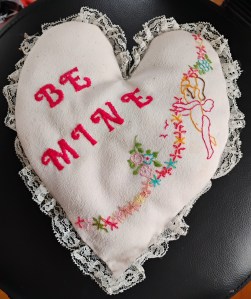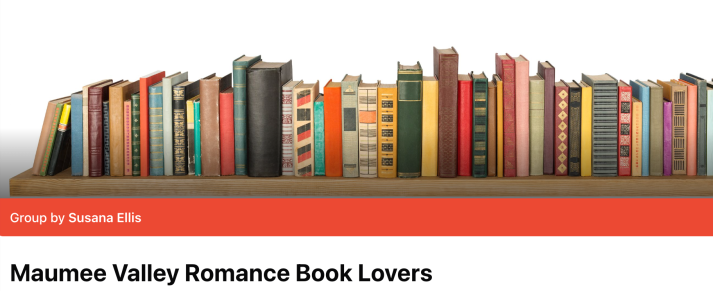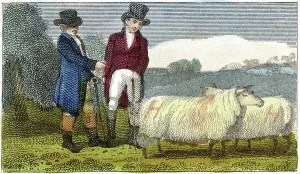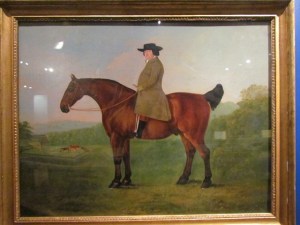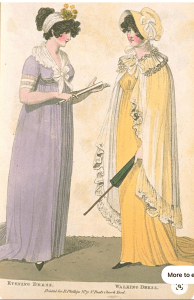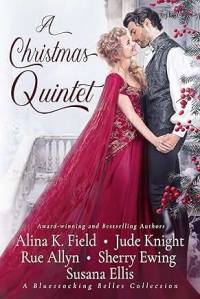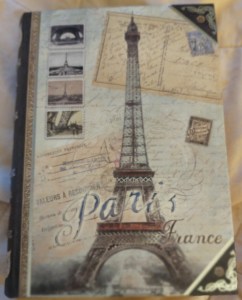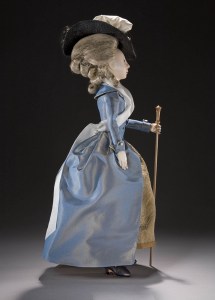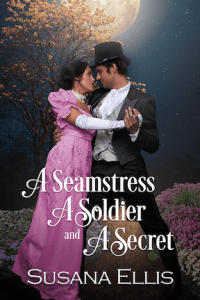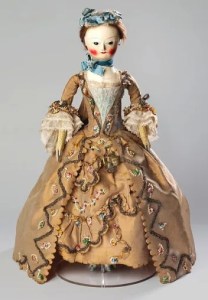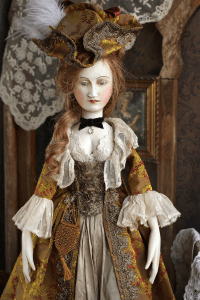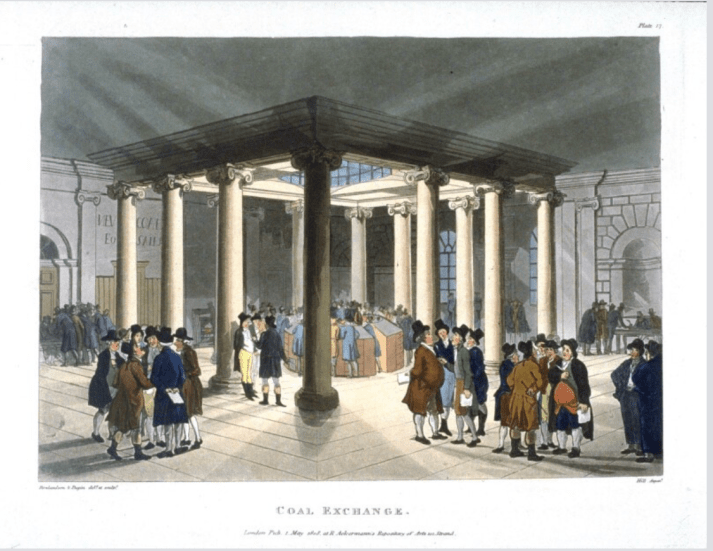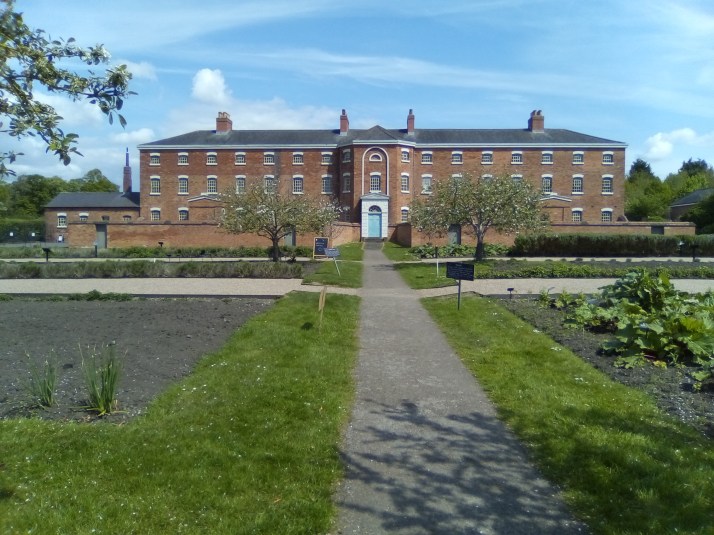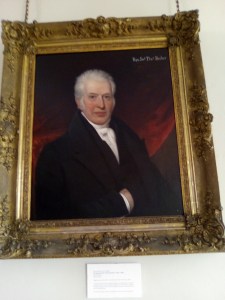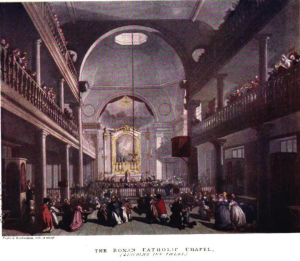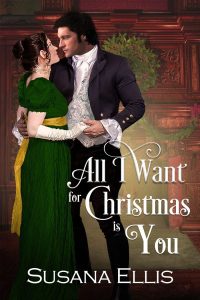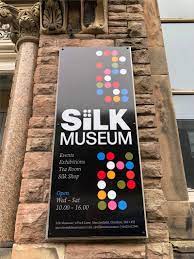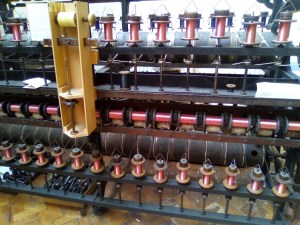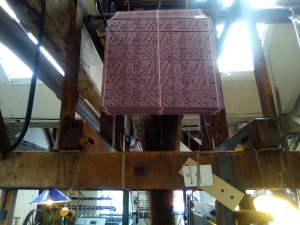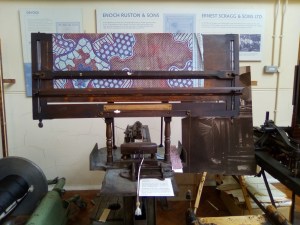I was struggling the conclusion for this story when my local writing group, the Maumee Valley Romance Authors Inc., gathered for our annual Brainstorming weekend. Each year we rent a lakeside cottage in September and spend the weekend writing and helping each other “brainstorm” plot twists and other issues with our stories. And have fun socializing as well. The absolute best part is that we go away inspired and empowered to keep getting our stories out into the world. It’s a small group, but a very committed and supportive one.
I’d been working on Della’s story for quite some time, but never had a clear idea of how to end it, other than my heroine and hero ending up together, probably at the Christmas Ball. But how to manage it? I won’t give away everything, but my writer friends helped me come up with an idea involving an embroidered heart. Their encouragement and suggestions helped ME recall an embroidered heart given to me by my grandmother when I was about sixteen. It was meant to be a ring pillow for my wedding, but since I never married, I just kept it as a reminder of her. (She died two years later and I still miss her today.)*
Other scenes in the book came into being with the help of my writer friends, as well as the title. I finished the story within two weeks of returning home from Brainstorming, and I owe it all to them and their support.
*My sister got one of these too, and when she read Della’s Christmas Gift, she immediately recognized the source of the inspiration.
Here’s our MVRAI Book Lovers group if you’re interested in discussing books and authors with us!
https://www.facebook.com/groups/251624704125214
Our History
The group has been around for 30 or so years, most of these as a chapter of the Romance Writers of America. Several of our members have been around since the beginning. Eventually, we formed our own independent group, as many other chapters have. We are a small but fierce and supportive group of writers of assorted genres, mostly romance. We are actually celebrating three new members this month in this photo of our Christmas party at the Whitehouse Inn. (I’m the one with the pink hair!)
I joined in 2012 after I retired and decided I wanted to pursue my lifelong dream of writing in my senior years (as opposed to becoming a couch potato). It seemed to me that nearly everyone in the group had been working really hard to improve their writing and get their stories published. Some had received over 100 rejections, but that didn’t stop them! Oddly enough, I found that encouraging. I knew I could write stuff, and I knew what I wanted to write (after having read thousands of historical romances over the years), but every issue of Writer’s Digest had convinced me that my chances of publishing a book were about the same as being struck by lightning. True, self-publishing was becoming a thing, but I figured I had a long way to go before my writing was good enough to publish.
It turns out that I joined the group just at the moment when group members started getting acceptances! Jill Kemerer, who had been working four years for her goal of getting an agent and writing for Harlequin’s Love Inspired line, finally succeeded. She just received an award from Harlequin for publishing 25 books with them! Constance Phillips, Shay Lacy, Ray Wenck, and others got acceptances too. My first story, Treasuring Theresa, was accepted within three days of submission!
Publication isn’t the end of the story, though. Even after publishing multiple books, we are constantly aware that we don’t know it all. We support each other through the tough times. We study writing craft topics, marketing and promotion (which keep changing every day), discuss plot issues (at the brainstorming event and by text), and just become great friends. Marilynn Rice became a great travel partner; we have such a good time together!
We meet monthly in the Toledo area. A potential member may attend two meetings prior to joining, and then must decide. http://www.mvrai.com/p/meetings.html
Our First Group Anthology… and it’s Christmas!
Shay Lacy: This Christmas romance gives a whole new meaning to “set their hearts on fire”. A Fiery Flamingo Christmas.
Denise Lynn: Will her husband remember her touch in time for Christmas? Christmas Memories.
Constance Phillips: Can Jack and Kayson reclaim Christmas for their newsly formed family. Family Reclaimed.
Mila Winters: She’s no cougar, but he makes her want to roar. What’s a woman to do with this Christmas present? What She Wants for Christmas.


